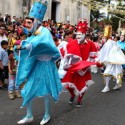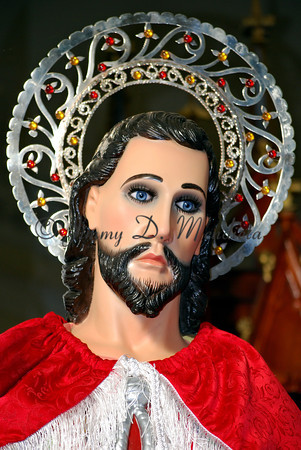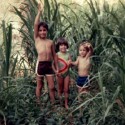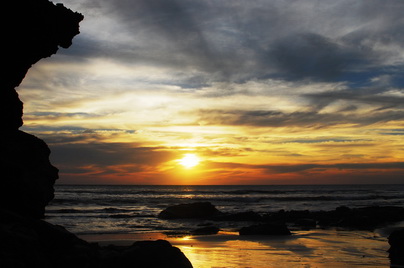Santiago’s Miracle
Author: Dr. Armando Luna Silva
Photography by: Jimmy Mendieta
Translation by: Alejandra Palacio/Jeffrey Mendieta
Dr. Armando Luna Silva tells of a miracle Santiago performed enabling a girl’s recovery from a child’s paralysis.
Santiago’s Miracle
On the 20th of January of every year, the “Fiestas de San Sebastián” (Festival of Saint Sebastian) is celebrated in the city of Diriamba. The festival starts, the day before, with the popular procession “El Tope”, similar to the one that takes place during the “Fiestas de Santiago” (Festival of Santiago), the difference is that in Diriamba they are of a more colorful nature due to their folkloric dances.
The procession of “El Tope” enters the town through the “Torre del Reloj” (a street with a distinctive “Clock Tower”). On the door steps of their homes, families, gather in silence to contemplate the passing of the procession that slowly drowns itself in the noise of the afternoon’s landscape. In one door was the Briceño family with their soul drenched in devotion. Continue reading





